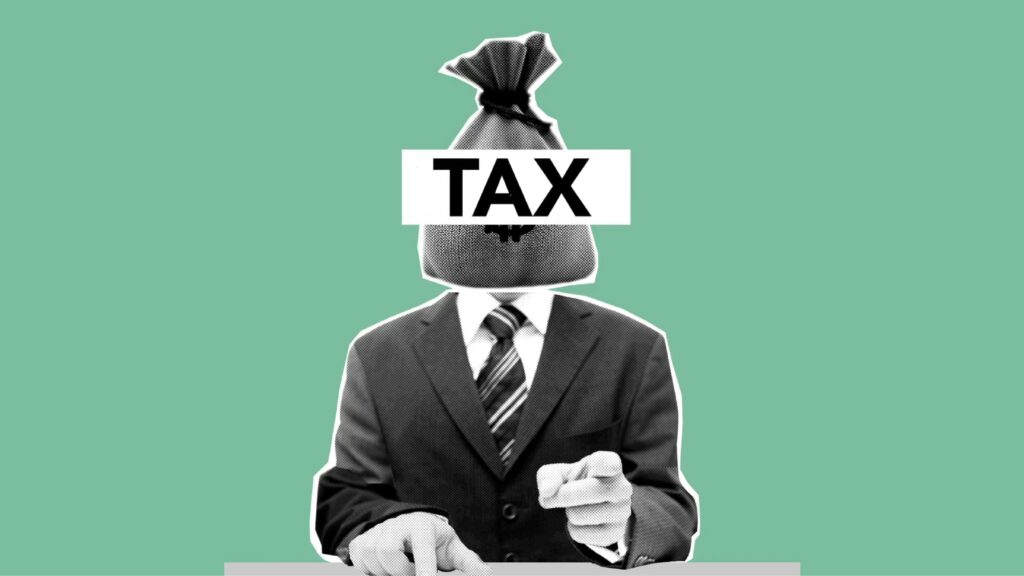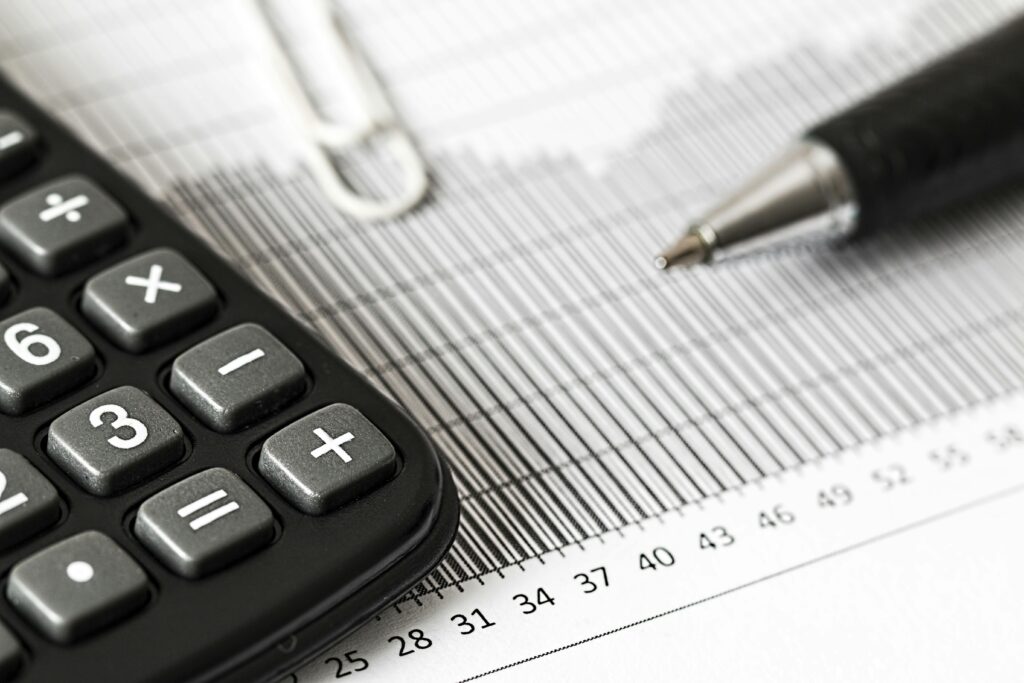Have you ever received a payment—salary, freelance income, rent, or bank interest—and noticed that a part of it was already cut? That’s TDS, or Tax Deducted at Source.
It’s not an extra tax. It’s just your own income tax paid in advance—deducted by the person or institution paying you.
The concept of TDS comes from the Income Tax Act, 1961, where the government has authorised certain individuals and companies to deduct tax at the time of payment, instead of waiting for year-end tax filings.
This system helps reduce tax evasion and ensures a regular inflow of tax revenue.
Let’s break this down with an example. Suppose you’re a freelancer who earns ₹50,000 for a project. If the company hiring you is required to deduct TDS under Section 194J, they’ll pay you ₹45,000 (after deducting 10%) and deposit ₹5,000 with the Income Tax Department under your PAN.
At the end of the year, you file your ITR, calculate your total tax, and adjust for this amount already paid.
Here are some common TDS scenarios:
| Payment Type | TDS Section | Threshold (₹) | TDS Rate (%) |
|---|---|---|---|
| Salary | 192 | Based on slab | Based on your total income |
| Freelance or professional fee | 194J | ₹30,000/year | 10% |
| Rent | 194I | ₹2.4 lakh/year | 10% (residential) |
| Bank FD interest | 194A | ₹40,000/year (₹50k for seniors) | 10% |
| Commission | 194H | ₹15,000/year | 5% |
| Purchase of property | 194-IA | ₹50 lakh+ | 1% |
So even if your annual income is below the taxable limit of ₹2.5 lakh, TDS might still be deducted. In that case, you can claim a full refund while filing your return.
To check how much TDS has been deducted, you can log in to the Income Tax Portal and view Form 26AS or your Annual Information Statement (AIS). It shows who deducted how much and when.
If you’re a freelancer or small service provider wondering how this fits into your taxes, read our blog on Can Freelancers Be Taxed? Yes – Here’s How to understand how to handle TDS, ITR, and deductions together.
Once TDS is deducted from your income, it doesn’t mean your tax filing work is done. It just means a part of your tax has already been prepaid.
You still need to calculate your total tax liability at year-end, and then adjust the TDS against it.
Let’s say your total income for the year is ₹6 lakh. You calculate your tax (say ₹23,400 after deductions). Now, if your bank, employer, or client has already deducted ₹20,000 as TDS across the year, you only need to pay the remaining ₹3,400 when filing your Income Tax Return.
And if they’ve deducted more than needed, you can claim a refund.
To know how much TDS has been deducted on your PAN:
- Go to the Income Tax Portal.
- Log in and check Form 26AS or Annual Information Statement (AIS).
- Match these with your income details.
If you see TDS entries but don’t file your return, that refund stays stuck with the government.
In case your total income is below ₹2.5 lakh, or you’re a senior citizen with no taxable income, and don’t want TDS to be deducted at all, you can submit Form 15G / Form 15H to your bank or deductor. These are self-declaration forms stating that your income is below taxable limits and you don’t owe tax.
| Form | For Whom | When to Use |
|---|---|---|
| Form 15G | Individuals below 60 years | Income below exemption limit; no tax due |
| Form 15H | Individuals 60+ (senior citizens) | Same as above |
But remember—giving false declarations can attract penalties. So only use 15G/H if you genuinely don’t have taxable income.
Also, if your TDS is too high or deducted wrongly (e.g., PAN not updated), you can claim a refund when filing your return. The excess amount will be credited to your bank account after processing.
To understand how to file ITR step-by-step and adjust TDS, read our guide on How to File Your Own Income Tax Return Without a CA. It will help you file with confidence and avoid unnecessary delays.
FAQs
1. Can I avoid TDS deduction?
Only if you’re below the taxable limit and submit Form 15G/15H in advance.
2. What if TDS is deducted but my income is tax-free?
You can claim a full refund while filing your ITR.
3. Is TDS the final tax?
No. It’s only an advance. You still have to compute your total tax liability.
4. Where can I see my TDS details?
On Form 26AS or Annual Information Statement (AIS) on the IT portal.
5. What if my PAN wasn’t linked or was wrong?
TDS may be deducted at 20% instead of the standard 10%. Correct your PAN with the deductor and update records.



